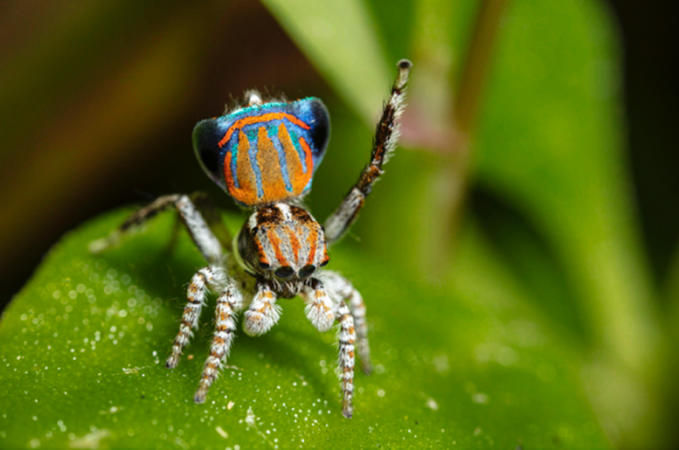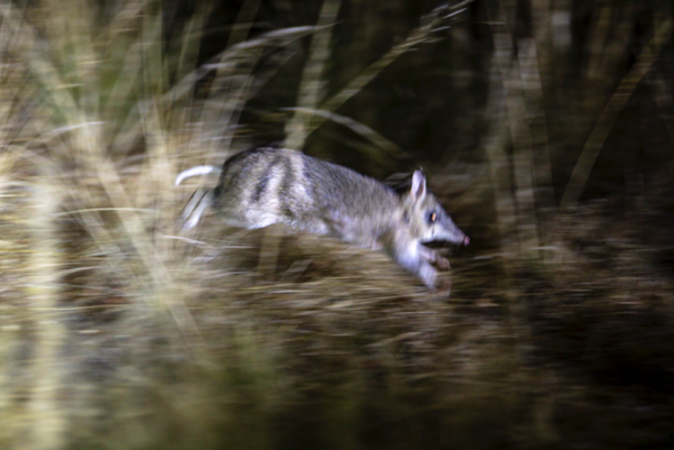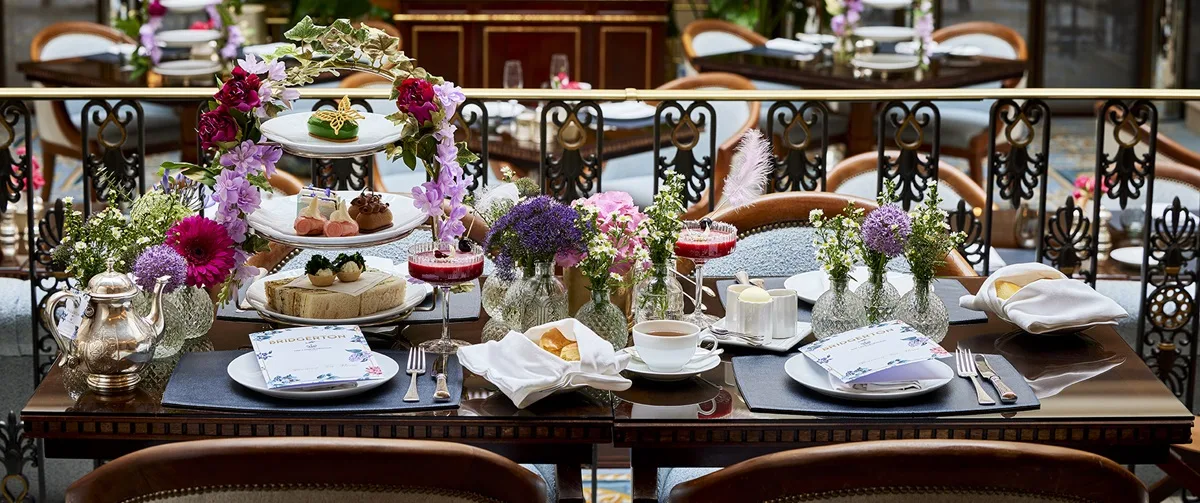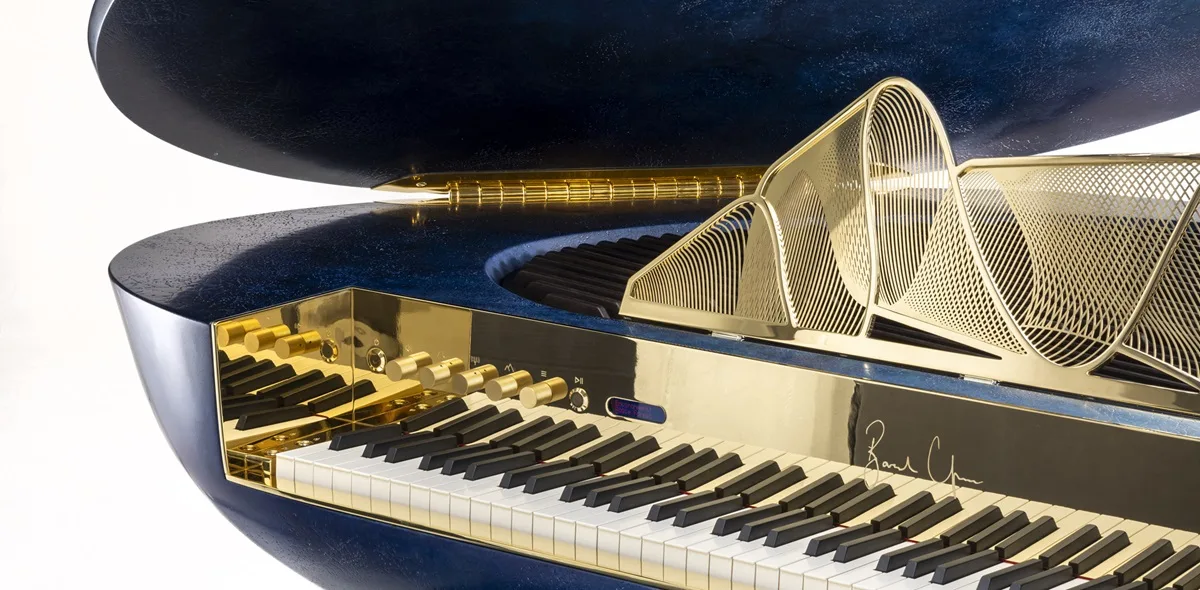The collective actions of animals over millions of years have shaped the planet’s climate to make it habitable for all. Our addiction to fossil fuels has become a smoke screen for this facet of reality. It’s true that humans are the major cause of climate change. However, the solutions aren’t simply about humans engineering new ecosystems. To give humanity the greatest chance of survival, we need to learn why saving wildlife will be critically important too. This is our best and only hope.
WILL PLANTING TREES SAVE US?
On stage at the New York climate summit this year, Bill Gates said it’s “complete nonsense” to think planting trees can solve climate change.
Naturally, Gates has a lot of people worried. He is a billionaire technocrat from the hardware and software space who holds sway among many nature-deficient and urbanised businesspeople. Salesforce CEO Marc Benioff, on the other hand, prefers to plant a trillion trees. He thinks he can solve the crisis that way.
Both have some merit but neither will work at scale. Because even tree planting is an engineering solution. It’s not ecologically aware.
PEACOCK SPIDERS AND MICROCLIMATES
I live in Australia, on the front line of a warming planet. On the weekend I spent three hours in dunes on the Great Ocean Road. It was six degrees overnight but by 10am the sun was baking the ground. A soothing sea breeze was lifting moisture off the waves cresting over the beach nearby.
We were looking for peacock spiders. Not much bigger than a grain of rice, most were only recently discovered. Males of some species perform an elaborate dance and fan their tail to reveal stunning coloured patterns. And, like most animals, they occupy a narrow microclimate.

A dancing peacock spider. Predatory spiders are like tiny lions that establish the grazing patterns of animals beneath them, leading to enhanced vegetation and diversity
Leaning forward to inspect a bush no higher than our ankles, we immediately feel a change in humidity. The sand becomes slightly browner as it accumulates organic particles. It retains heat and moisture. Not everywhere is identical, though, and it takes a trained mind to sense the conditions and locations where the tiny spiders thrive.
We find one sitting on top of a patch of vegetation no bigger than a coffee table, but diverse. There are perhaps 30 types of plant. Recent studies have shown that hunting spiders – think wolf spiders or jumping spiders – are essential to carbon cycles. The presence of a spider forces the creation of ecosystem structures at a micro scale, maximising carbon retention and all its benefits. Because of their sheer abundance, this adds up to a habitable planet.
WILDLIFE IN THE BALANCE
The ecosystem we are seeing at our feet wasn’t made by plants. It was moulded, broken, lived in, eaten and rotted by animals, some comparable to humans in size. An audible thump reveals one such creature; a swamp wallaby is lurking nearby, grazing on spring’s new growth.
The overall shape of things is best when there is a range of wildlife in balance, of different sizes and with a diversity of roles to play. People are part of the same system too. Everything we have today was built on the impact of all of us animals working together.
Koalas have lived alongside people for 65,000 years, perhaps longer than any megafauna ever has. Both species have benefited from each other’s survival.

Moments later an echidna – one of only five egg-laying mammals in the world – rustles its spines against a tree searching for ants nesting in the humus layer. Nearby we watch a koala with its joey in an Aboriginal preserve. It deliberately brings the baby down to head-height to convalesce with human onlookers.
Before European settlers killed more than eight million for the fur trade, koalas were consuming more than two percent of the leaf production of eucalyptus forests. They were creating light gaps, fostering relationships with other creatures, both great and small, altogether making soil and retaining water. Passenger pigeons did the same in the oak forests of the US.
When Europeans first arrived, Australia’s soils were one metre deep, soft, friable and spongy. John Oxley reported that “Many hills and elevated flats were entirely clear of timber … the general quality of the soil excellent.” This life-support legacy, created by people and other animals, is mostly gone today. The forests that have fallen silent teeter on the brink. They are tinder-dry, repel the ocean’s daily outbursts of moisture, and burn with unprecedented ferocity.
CLOUDS-SEEDING SEABIRDS?
A fair climate means water in the right place and at the right time. Farming and fisheries depend on knowing when certain seasons come and go. While there is the problem of global atmospheric carbon accumulation from fossil fuels, we also need nature and wildlife to create a fair climate for living locally.
Seabirds for example, are the biggest point-sources of ammonia on Earth and they fertilise the atmosphere too. They make the weather.


Seabird colonies can emit as much as 90kg of ammonia per hour after light rainfall.
In the summer, a chemical reaction between seabird ammonia and ocean algae creates sulphuric acid. This seeds droplets that make clouds. It significantly reduces atmospheric temperatures, but it also regulates local rainfall patterns. If you own a farm, you need to worry about seabird-colony collapse as well as fostering an abundance and diversity of spiders on your land.
BANDICOOT FARMS
The Tiverton project, run by Australia’s Odonata Foundation, has aided the restoration of soil and water cycles on farmland. In less than three years the organisation has increased the yield of a sheep farm by reintroducing a species saved from extinction. At its lowest ebb, mainland Eastern barred bandicoots numbered a dozen. Planting trees couldn’t have achieved this outcome.

An Eastern barred bandicoot leaps from grassland. Since its introduction, there is little need to weed. Fences no longer get knocked down in annual floods.
If one endangered species can restore farming livelihoods, who are we to say which animals we should, or should not, allow to go extinct?
CLIMATE CHANGE: DUAL PROBLEM OR SAME COIN?
The United Nations recognises the dual problem of biodiversity and climate as “two sides of the same coin,” but I’d go further and say that atmospheric climate change is a fossil-fuel problem, whereas a local “fair” climate (in the sense of an equitable share for humanity) is a wildlife-restoration problem.
The cumulative, small-scale effect that animals have on building a habitable planet adds up to a fair climate. Though many people in Western nations remain reluctant to put animals and people before plants.

Aboriginal dancers emulate the character of animals. Respect for different species, custodianship and protection were conferred through rituals and customs. It was essential to a culture that lasted at least 60 times longer than most European civilisations.
As Peter Guiden and colleagues at Northern Illinois University found, “The effects of … animal communities were six times stronger on average than the effects of plant biodiversity.”
Gates, Benioff and many others live and work in cities. With drivers for change coming mostly from European and US-led policy decisions, a chasm has formed between the opinions of a few nature-deficient people and the rich wisdom of first – and second-nation people, who retain a connection to their country.
So yes, Gates is right to say that tree planting won’t solve climate change. But Benioff is also wrong to say it will. Neither have offered up the real solution, which is to stop burning fossil fuels while restoring wildlife populations. That means protecting what we have and rebuilding on the margins, allowing animals the autonomy to roam wild and recolonise.
A NEW WAY TO SEE WILDLIFE
Simply sitting down and looking at jumping spiders could allow anyone a new way to see wildlife and its connection to the climate. But with so much of the world’s land in disrepair, is this is an experience denied most humans? Or is it that we aren’t being mentored by the right people, or told the right stories?
Countries heading to COP26 were carrying fistfuls of paperwork on the potential for climate mitigation using nature-based solutions. The problem, says Oxfam, is there is not enough land in the world to realise all of these ambitions. That’s because we’re trying to trade a fair climate for living against a warming climate from using fossil fuels.
While nature is thought to regulate at least 30 percent of the total climate problem, it’s also the bit that makes it habitable – resilient, if you like. Planting trees alone is not going to rebuild a habitable Earth. Nor is any technology that further erodes biodiversity. The fair climate we need must also be rich in an abundance and diversity of wildlife.
Words: Simon Mustoe
Photos © Simon Mustoe
Simon Mustoe is an ecologist, expeditioner and conservationist, author of Wildlife in the Balance. Learn more about Simon’s work HERE.
Opening image: Copperhead Snake. A highly venomous predator that feeds mostly on frogs. Without them, imbalance would occur, leading to an overabundance of waste and a more chaotic climate.














Show Comments +